In 2021/22, there were 1.6 million patient interactions with NHS services every day. With so many data points and such high stakes, healthcare is one of the most important industries for data analytics.
And with the increasing demand on the NHS and pressure on healthcare staff, how can we ensure that patients are receiving the care they need without staff being overworked?
The answer lies within healthcare analytics.
.webp?width=500&height=500&name=5%20ways%20data%20analytics%20in%20Healthcare%20is%20saving%20lives%20(6).webp)
1. Improving quality of care
Improving quality of care is probably the most crucial way that data analysis is impacting the healthcare industry.
Analysing important data gives healthcare professionals vital insights into their current processes, which they can then optimise to enhance patient care. They can also gain insights and recognise patterns in patient data leading to better care of patients and highlight particular needs of those patients.
Take for example, Rishi Ramessur, Ophthalmologist at Moorfields Eye Hospital, who wanted to use data to improve lives.
Rishi said:
 "I often felt disempowered seeing so much data around us but not being able to make good use of it. My core motivation has always been to help improve as many lives as I possibly can. A solid understanding of data can help me do just that, on a much larger scale."
"I often felt disempowered seeing so much data around us but not being able to make good use of it. My core motivation has always been to help improve as many lives as I possibly can. A solid understanding of data can help me do just that, on a much larger scale."
Eye surgeons usually choose between two forms of anaesthesia for cataract operations, injecting the area around the eye or applying less invasive eye drops.
Rishi aimed to discover which method led to a higher rate of a particular complication.
His team analysed the data of 170,000 patients across a decade of surgical procedures. They determined that the use of anaesthetic eye drops led to a 17.5% reduction in the rate of complications when compared to other local anaesthetic methods.
Rishi’s team’s findings are helping eye doctors across the UK make more informed procedure decisions to achieve the best possible patient outcomes.
Another example of how patient care can be improved with data analytics is seen in the work of David Howell. David is Joint Director for Strategic Insight and Analytics at Surrey Heartlands Health and Care Partnership.
David said:
 "There’s clearly a lack of implementation of machine learning within healthcare. I think people don’t necessarily see how these insights and analytics teams could be used to really start to help patients and citizens more proactively. And I was really keen to lead by example and actually take people on that journey."
"There’s clearly a lack of implementation of machine learning within healthcare. I think people don’t necessarily see how these insights and analytics teams could be used to really start to help patients and citizens more proactively. And I was really keen to lead by example and actually take people on that journey."
David recognised the need for more data analysis within the healthcare system. And he saw just how much data analysis through machine learning could provide patients with better care.
The Surrey healthcare system sees about 10,000 emergency readmissions each year, of which 15% are generally accepted to be non-preventable. To help catch the preventable majority, David built a machine learning model that reliably predicts and flags 70-80% of avoidable patient readmissions.
If deployed broadly, David’s model as the potential to save patients’ lives who would otherwise have been discharged too soon.
Next, let’s turn to the benefits big data in healthcare are bringing in terms of giving doctors more time to see more patients.

2. Freeing up doctors to see more patients
It’s no secret that health professionals are busy people. And so, like professionals in most industries, they’re always looking for ways to optimise daily processes. But in the case of clinicians, time savings often leads to more patients cared for and lives saved.
Applying healthcare analytics can save providers essential time that could be spent with their patients.
Alwin Raju, Senior Clinical Informatics Pharmacist, recognised the opportunity to free up doctors’ time at Lewisham and Greenwich NHS Trust by optimising the electronic prescription system they used. Alwin applied data analytics skills, including SQL, Python and Pandas, to improve the system, saving doctors 182 hours per year.
In turn, doctors are now able to devote more of their time to patient care.
Now that we’ve discussed how analysis can save doctors’ time, let’s talk about how data analytics in healthcare is helping to address a glaring problem in today’s NHS: patient wait times.
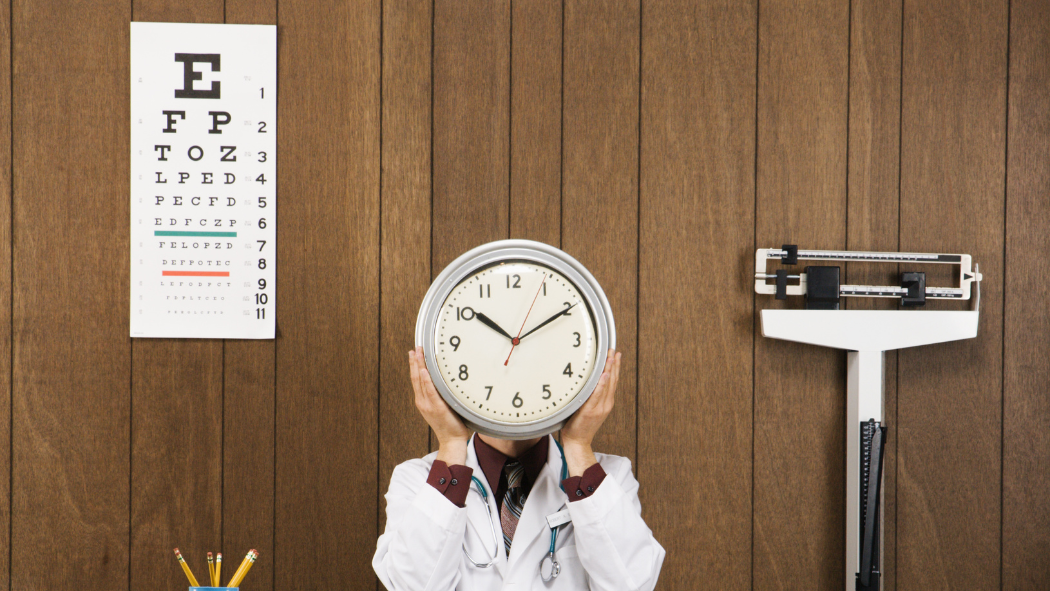
3. Reducing patient wait times
Since the Covid-19 pandemic, there has been increased pressure on the NHS. And as a result, standard waiting times across the organisation are growing.
We’re seeing examples of excessive wait times to the point where healthcare facilities are missing some important benchmarks they previously met, such as:
.webp?width=1050&height=591&name=Blog%20images%20(12).webp)
- The number of people who visit A&E and wait longer than 4 hours to be seen has risen substantially.
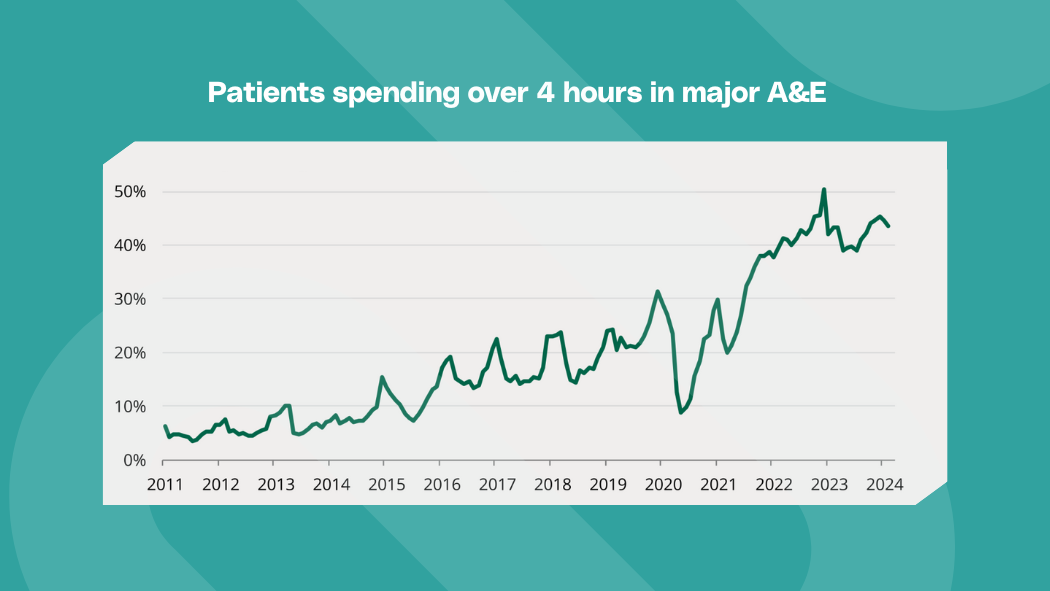
- Patients waiting more than 12 hours to be admitted after being seen in the A&E department has risen considerably too.
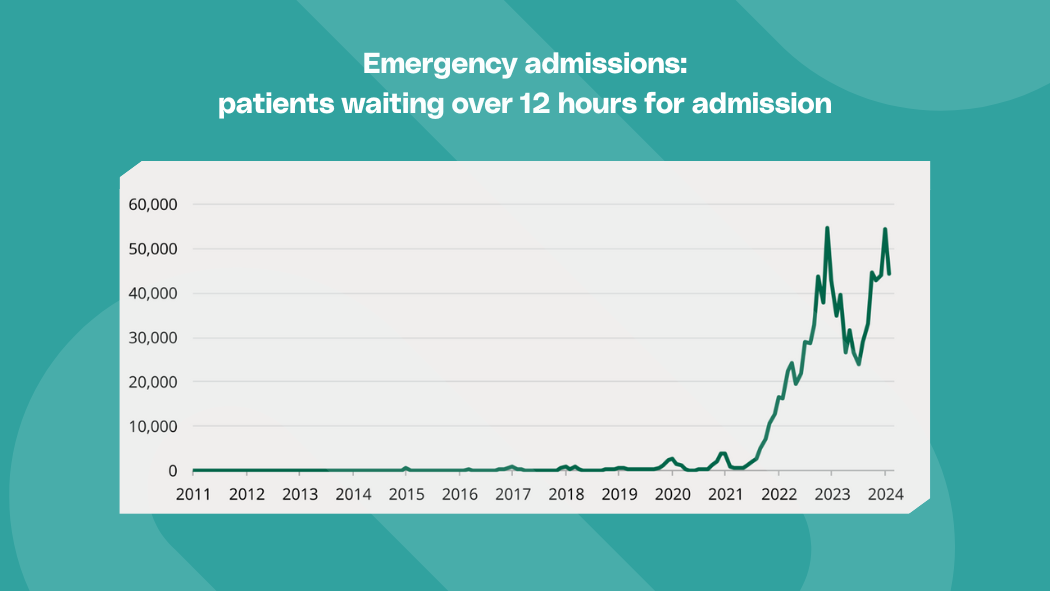
So what can be done about these substantial rises in patient waiting times across the board? One answer is to start analysing the data to provide the much-needed insights to allow for improvement.
Take for example, Joel Hollingsworth, Electrophysiology Co-ordinator at University Hospitals Coventry and Warwickshire (UHCW) NHS Trust. Joel manages the elective service patient waiting list for the Trust’s cardiology department.
Joel undertook project to analyse referral data, aiming to shorten patient waiting times for consultations.
His analysis uncovered valuable insights about the consultants' busiest days, enabling Joel's team to anticipate longer response times from particular consultants on certain days.
Based on his findings, Joel recommended optimal days for making patient referrals, customising these recommendations to align with each consultant's schedule. His approach enhanced the referral process, resulting in patients securing their procedures up to 18 days sooner than before the study.
He also investigated how referral processing times changed with the seasons, finding that referrals submitted during the summer months were more prone to delays with more staff on holiday and spikes in demand.
Finally, Joel turned to addressing time slots for nurses to care for patients recovering from procedures. His analysis of recovery times for procedures uncovered a better strategy for coordinating those procedures around recovery times and nurses’ schedules.
By prioritising procedures with longer recovery times in the morning, Joel found they could ensure patients receive the care they need for their full recovery without requiring nurses to work late.
Reducing the need for overtime can lead to another benefit, which is the next way data analytics in healthcare is saving lives.
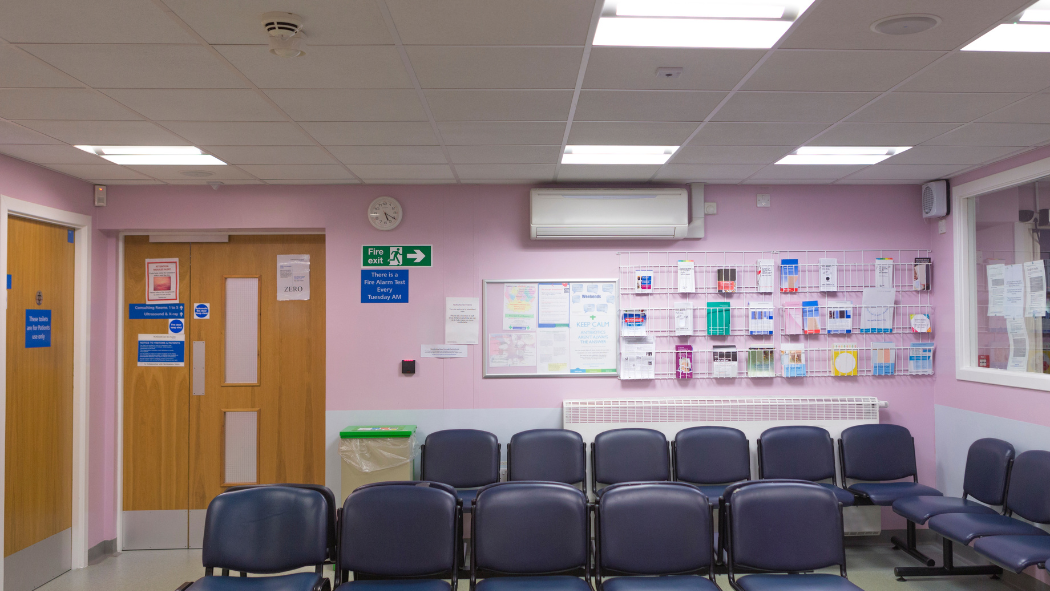
4. Raising morale of healthcare staff
The COVID-19 pandemic has tested the resilience of healthcare workers like never before.
As the world gradually emerges from the shadows of the pandemic, the well-being of healthcare staff remains a concern. This highlights the need for innovative approaches to uplift morale within the industry.
Approximately 100,000 registered nurses left the workforce during the COVID-19 pandemic due to stress, burnout and retirement.
And another 610,388 registered nurses reported an “intent to leave” the workforce by 2027 for the same reasons.
So how can data analysis help reduce these numbers?
Data analytics can identify patterns in staff workloads, enabling the redistribution of tasks in a way that reduces burnout and increases job satisfaction.
Analysing patient feedback also enables healthcare providers to highlight and celebrate the positive impacts of their staff's hard work. This can boost morale further and foster team cohesion and team spirit.
Let's take a look at a specific example of how this can work.
Madhavi Thatikonda, Administrator at Sundridge Medical Practice, plays a crucial role in collecting, cleaning, and analysing data from Sundridge's annual patient survey. The survey aims to get feedback on the care and service they provide.
Madhavi joined over 130 survey responses with Power Query, a data analysis tool, to analyse results.
She then built visualisations to highlight patterns in survey responses and communicate her findings with the rest of the team.
One of the project's most gratifying aspects for Madhavi was the positive impact on staff morale. The survey revealed positive feedback from patients who praised the medical practice and its staff. Madhavi’s presentation was met with applause from her colleagues. And she attributes being able to analyse and highlight this patient feedback to raising morale across the team.

5. Expanding access to medical services
Data analysis is clearly helping to save lives and ensure people are receiving the best care possible. But it is also helping to expand access to medical service by saving patients time and money.
Rishi Ramessur, mentioned earlier, began a study to compare the effects of video and in-person consultations on patient time, cost, travel distance, and carbon emissions.
Combining data from the Department for Rail and Transport, Rishi found that video consultations could reduce travel distance for a patient group by 88,841 km. This potential reduction in travel would also cut carbon dioxide emissions by 7,500 kg and save patients an estimated £51,918 in transport costs.
His analysis is contributing to the expansion of the hospitals’ telemedicine services and greater patient access to consultations across the UK.
Rishi's team shared their findings at national conferences, drawing interest from other NHS trusts. And this type of research is becoming crucial as the nation aims to achieve a net-zero NHS.

Conclusion
Data analytics in healthcare is not just a tool. It's a transformative force that's reshaping how care is delivered.
As the industry continues to evolve, the adoption of data analytics will play an important role in creating a more efficient, effective, and compassionate healthcare system. But healthcare professionals will need the right skillset in data analytics in order to take advantage of its benefits.
And data apprenticeships are one of the best solutions for upskilling these professionals so they’re able to deploy analytics skills quickly and directly in their work. If you’re interested in upskilling your healthcare team in data analytics you can learn more about our apprenticeships for healthcare or get in touch with us via the form below.
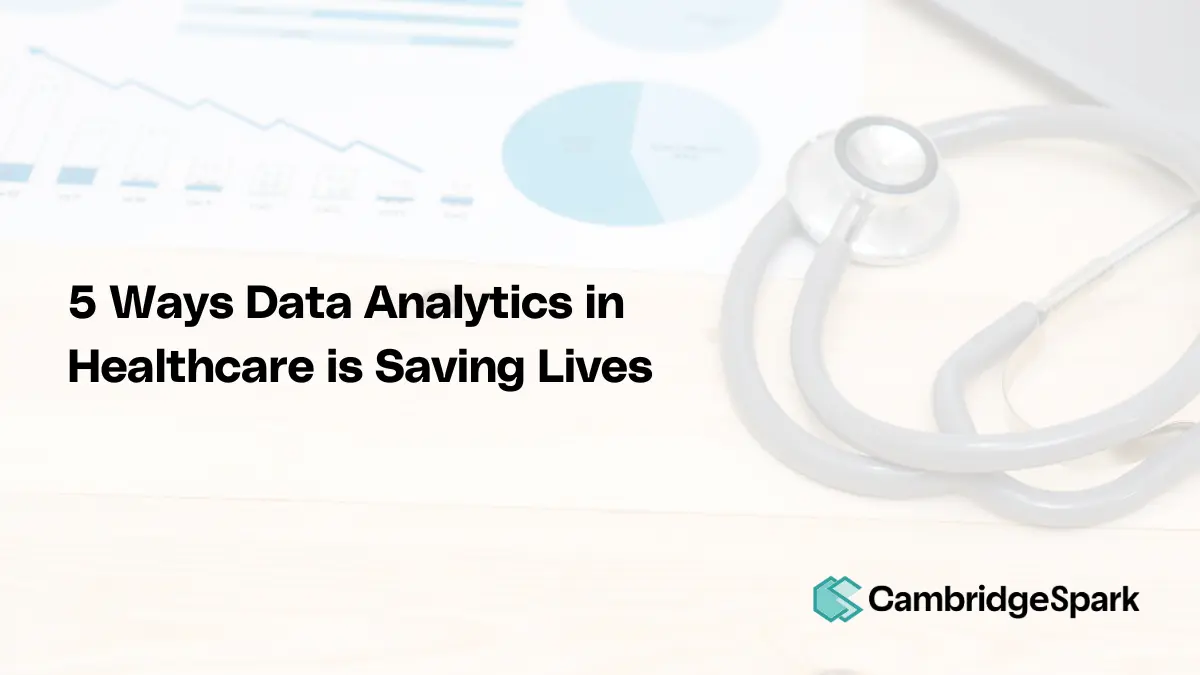
-1.png)

.webp?width=500&height=500&name=5%20ways%20data%20analytics%20in%20Healthcare%20is%20saving%20lives%20(6).webp)
 "I often felt disempowered seeing so much data around us but not being able to make good use of it. My core motivation has always been to help improve as many lives as I possibly can. A solid understanding of data can help me do just that, on a much larger scale."
"I often felt disempowered seeing so much data around us but not being able to make good use of it. My core motivation has always been to help improve as many lives as I possibly can. A solid understanding of data can help me do just that, on a much larger scale." "There’s clearly a lack of implementation of machine learning within healthcare. I think people don’t necessarily see how these insights and analytics teams could be used to really start to help patients and citizens more proactively. And I was really keen to lead by example and actually take people on that journey."
"There’s clearly a lack of implementation of machine learning within healthcare. I think people don’t necessarily see how these insights and analytics teams could be used to really start to help patients and citizens more proactively. And I was really keen to lead by example and actually take people on that journey."

.webp?width=1050&height=591&name=Blog%20images%20(12).webp)




